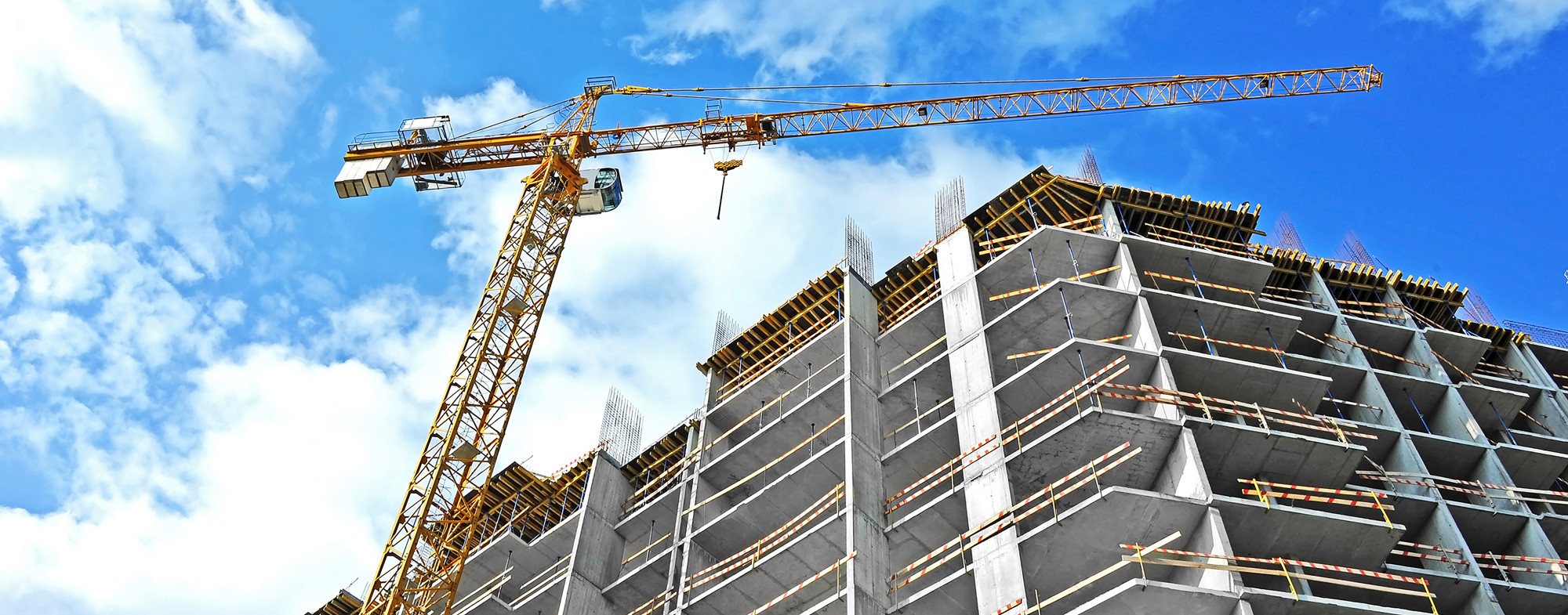Real estate development is a multi-step process that is lengthy and sometimes challenging. The pre-development process is just one of three main stages in real estate development, yet critical to the project’s movement and success.
What is the Pre-Development Stage?
Once you’ve completed market research, determined your project demand and found a potential development site, it’s time to come up with a conceptualized plan. The pre-development stage considers the most varied risks and focuses on project finances and delivery. More specifically, the pre-development process involves due diligence, research, planning and permitting.
Pre-Development Checklist
Pre-development is the longest and most critical stage of the real estate development process, so it’s important you’re ready to start your project on the right foot! You’ll want to keep these steps in mind as you navigate through the pre-development process.
Market Analysis
It’s essential that you complete a market analysis before investing in a property. Find out if the location is best suited for your target demographic. In most cases, you want to find a market with positive population growth and a diverse employment base within close proximity to urban centers.
Site Selection and Evaluation
Once you’ve settled on a market, it’s time to find a development property. You’ll want to consider these factors when determining whether the site is right for you:
- Property size
- Visibility
- Traffic flow
- Demographics
- Zoning restrictions
- Local government policies
- Surrounding infrastructure
- Potential access points
- Competitors (and their performance)
- Nearby tenants
- Community public input
Environmental Assessments and Surveys
Your site evaluation will also involve obtaining reports and assessments indicating some physical and environmental aspects and potential hazards associated with the site.This includes an environmental due diligence report, a geotechnical or soil study and a property survey
Due Diligence and Feasibility
In this phase of the pre-development process, steps are taken in order to satisfy legal requirements and confirm the risks and benefits of the transaction. As a prospective buyer, developers must thoroughly examine zoning restrictions, potential liens, possible encroachments on the property and more. You can find a collection of data and questions assessing a site’s potential issues, or what needs to be done in order to meet all requirements in the Site Investigation Report (SIR). These include requirements for:
- Parcel land use and zoning
- Engineering
- Building permits
- Fire department requirements
- Building setbacks
- Parking setbacks and requirements
- Landscape setbacks
- Lighting ordinance
- Signage requirements
- Access and DOT requirements
- Public improvements
- Utilities
A thorough review of these requirements will help the developer determine if the project is feasible or not, and whether you can truly add value to the property. Be sure to consider all major financial factors, including land purchase and acquisition costs, finance and utility costs, professional fees, permit and review fees, construction costs and closing costs..
Site Plans, Development Plans and Building Plans
Governments require site plans to ensure that both local and state land and building codes are adhered to. Be sure to create detailed site, development and building plans that show all of your proposed improvements and additions to the property. Your site plan must include a scaled diagram of the property, accurate property lines, location details including driveways and adjacent streets, and existing and proposed structures.
Land or Property Acquisition
Once you’ve completed your titling, zoning, financial, utilities, access and environmental use due diligence, you can purchase the property.
Preliminary Budget and Construction Financing
Before you move forward with the project, you must develop a preliminary budget to calculate the financial return the development is expected to generate. Submit your site plans to consultants, contractors, and your construction and development team to get valid input and determine the specific estimated costs of the project, from fees to improvements. Then, arrange construction and development financing.
Permitting
Before you begin construction, you must obtain a land-use and building permit.

